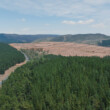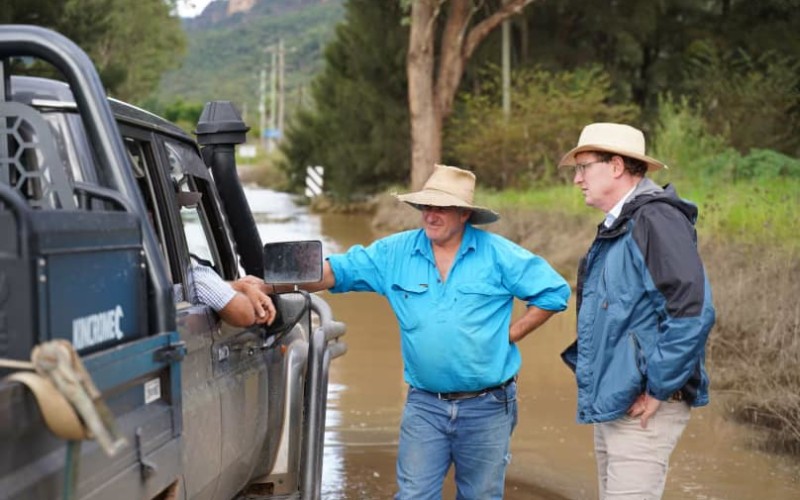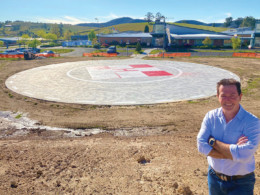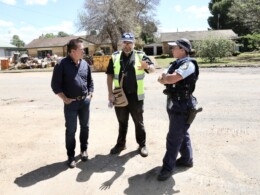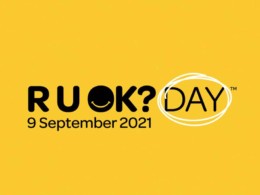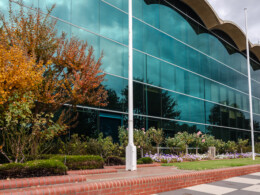Disaster assistance is now available to help residents, small businesses, non-profit organisations, primary producers, and local councils in Lithgow and Mid-Western local government areas (LGAs) recover from the severe weather event and flooding that has occurred from 22 February 2022.
Assistance is being provided through the jointly funded Commonwealth-State Disaster Recovery Funding Arrangements (DRFA).
The Lithgow and Mid-Western LGAs, located in the Calare electorate, join fifty-five (55) other areas across New South Wales in now being eligible to receive assistance following the storms and floods.
Federal Member for Calare and Minister for Veterans’ Affairs and Defence Personnel, Andrew Gee, said the Central West region hasn’t escaped the unprecedented rainfall unscathed.
“The Lithgow area, Hartley, Wallerawang, the Capertee Valley and Olinda have all been hit hard by this extreme downpour,” said Minister Gee.
“I visited the Capertee Valley this week, checking in on local residents whose properties and businesses have been lashed with rain, and in the case of Glen Davis, isolated by flood waters.
“We’re all hoping the rain will ease and access will improve in the coming days – but much damage has already been done.
“The Black Summer bushfires have scarred the landscape and have meant that water, gravel and sand are rolling down the mountains causing major damage. Erosion is a huge issue as large chunks of land drop into creek beds.
“Freshly planted crops have been destroyed and large tracts of land and soil have been washed downstream. Roads have been badly damaged and the freshly laid road into Glen Davis is now as soft as carpet.
“It’s the last thing these families need after their land was so badly damaged by those devastating fires.
“The clean-up is going to be long and costly and help will be needed. I’m glad disaster assistance is now available for residents across Lithgow and Mid-Western LGAs to help locals pick up the pieces after the devastating storms.
“Affected residents can apply for immediate assistance such as emergency accommodation and small cash payments to purchase essential items, grants to replace household contents and assistance to repair structural damage to their homes.
“Primary producers who have suffered direct damage affected by the weather event can apply for grants of up to $75,000 to cover the clean-up and reinstatement of fields, with transport freight subsidies of up to 50 per cent on the carriage of livestock and fodder, and 25 per cent on the carriage of fodder for dairy cattle, also available to help.
“Small businesses and non-profit organisations damaged in the storm can make a claim for grants of up to $50,000,” said Mr Gee.
Assistance available under the DRFA may include:
- Help for eligible people whose homes or belongings have been damaged (eligibilitycriteria apply)
- Support for affected local councils to help with the costs of cleaning up and restoringdamaged essential public assets
- Concessional interest rate loans for small businesses, primary producers and non-profitorganisations
- Freight subsidies for primary producers, and
- Grants to eligible non-profit organisations.For information on personal hardship and distress assistance, contact Service NSW on 13 77 88. To apply for a concessional loan or grant, contact the NSW Rural Assistance Authority on 1800678 593 or visit www.raa.nsw.gov.au
Information on disaster assistance can be found on the Australian Government’s Disaster Assistwebsite at www.disasterassist.gov.au



